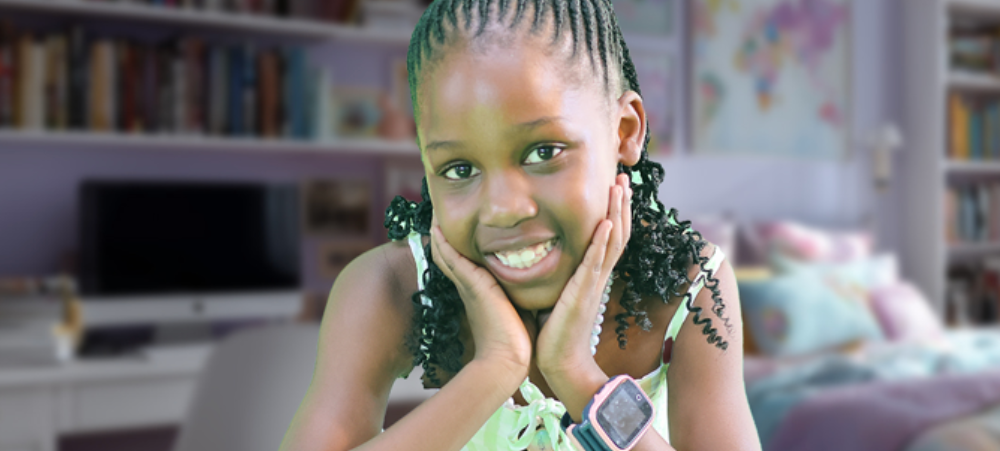Reading is a multifaceted process involving word recognition, comprehension, fluency and motivation. Reading in its fullest sense involves weaving together each of these aspects and each is important. Our brains were not wired for reading – therefore it needs to be taught.
Dr Seuss put it quite simply –

Reading opens the door to the world. It is essential to just about every aspect of life from cooking to driving and everything in between.
One of the areas of reading that we incorporate into our teaching programme at Glenoaks Remedial and Vocational School is Paired Reading. What is paired reading? It is a simple technique that parents can use to improve their child’s oral reading and comprehension ability. It only takes ten minutes a day and it is a non-stressful way of supporting your child. The benefits include improved self-esteem and teachers often comment on an improvement in fluency and enjoyment in reading.
 We promote this method as it creates a bond between the reader (child) and the reading partner (adult). This bond enables the reader to develop a love for reading and books and encourages them to read with confidence and understanding. Paired Reading is like a child learning to ride a bicycle. In the early stages you give the child encouragement, confidence and control, by holding the bicycle. Your own instinct will tell you when to let go. So you can gradually disengage for longer periods until your child is able to ride without help. The same applies with Paired Reading. It is an ideal way of helping your child become an independent reader. It works on building up the positives and successes rather than concentrating on mistakes.
We promote this method as it creates a bond between the reader (child) and the reading partner (adult). This bond enables the reader to develop a love for reading and books and encourages them to read with confidence and understanding. Paired Reading is like a child learning to ride a bicycle. In the early stages you give the child encouragement, confidence and control, by holding the bicycle. Your own instinct will tell you when to let go. So you can gradually disengage for longer periods until your child is able to ride without help. The same applies with Paired Reading. It is an ideal way of helping your child become an independent reader. It works on building up the positives and successes rather than concentrating on mistakes.
In 2017, Glenoaks School partnered with Wits University to run a pilot project into the value of the Paired Reading method. A group of Wits students and a group of school staff underwent a training programme and then committed to a nine week commitment of reading three times a week with a class of Grade 2 children. In addition the children read the same books with their parents. Prior to the start of the project, the children underwent testing and they were also tested at the end of the nine week period. They were assessed in two aspects of reading; word recognition and comprehension. The results were very positive and on average the learners’ word recognition reading age improved by 5 months and their comprehension age by 2 years and 5 months. The positive results of this project have encouraged us to continue to promote this method of reading.
The method for Paired Reading is so simple and you only need 10 minutes a day.
Step 1 – Reading Together
- Read aloud with the child, both of you reading at the same pace
- The child can point to each word with their finger, and this helps to control the pace
- If a mistake is made allow 4 seconds for the child to correct
- If the word is not corrected, say the word and the child must repeat it correctly
- Use lots of praise!
- Ask questions and discuss what you are reading
Step 2 – Reading Alone
- Start reading together. Child gives agreed signal when ready to read alone (can be a knock or tap, it shouldn’t be verbal)
- Child reads alone
- Give praise for reading alone
- If or when the child makes an error, give 4 seconds to self-correct
- If not self-corrected, say the word correctly which the child repeats
- Read again together until the child signals to read alone
Reading together at home is one of the easiest but most important ways in which you can help your child. As you share books you are helping to improve your child’s reading skills and showing them how enjoyable reading can be. It is also the perfect way to spend quality time together!
Glenoaks School offers Paired Reading training workshops to parents and schools. Please contact us for more information.
Written by Margie Turner (Remedial Specialist at Glenoaks School)
We understand that there are many aspects that encompass a Mother, Father or Child and strive toward providing resources and services that accommodates this.
Our content is aimed to inform and educate families on issues starting from pregnancy through to the challenges of the teen-age years.
- Say Hello to the Ultimate Holiday Brunch Bite - December 17, 2025
- Tiny Toons Looniversity Returns: Meet the Voice Behind Plucky and Hamton! - December 12, 2025
- From Pain to Possibility: Panado®’s New Marketing Campaign, Highlights The Joy Of Pain Relief - December 10, 2025






1 thought on “Glenoaks Paired Reading Program helps children struggling to read”
I leave by that Quote